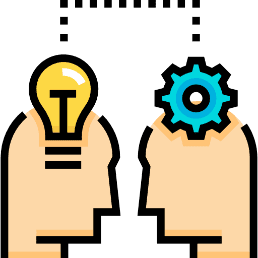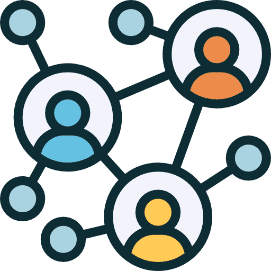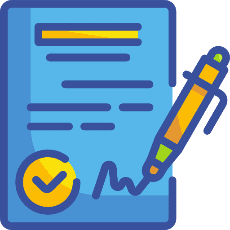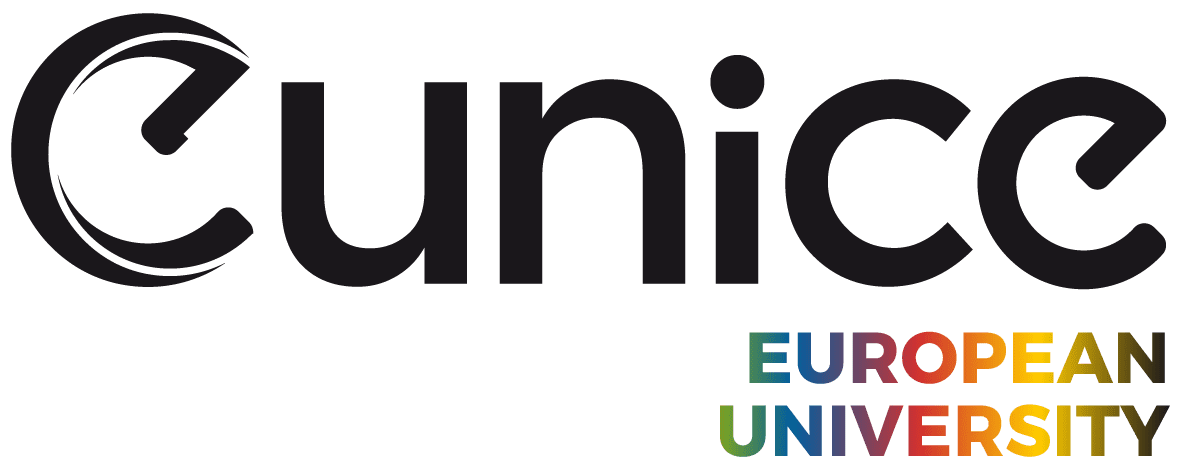Hey there! Welcome to the first blog of this miniseries. I am Riccardo, and I recently published a report on university and industry collaboration. As a result, I wanted to create this miniseries to share some of the more exciting parts of my findings. Of course, it doesn’t take a genius to know that when we’re talking about collaboration, lots of people have already studied it! So, I thought that I would kick-off this miniseries with 7 key areas to help researchers understand industrial collaborations better. In each area I will tell you a few tips about the actions that can be taken, and what should be looked at. So without further ado…
1. MANAGING EXPECTATIONS

Collaboration is hugely dependent on expectation management. This might seem obvious, but just think of your football team, or your inter-personal relationships. Whenever something goes wrong, it’s usually because expectations are not aligned. If I expect you to make a pass to complete a one-two play to then go on and score a goal, but you don’t deliver that pass… I might end up disappointed because I saw an opportunity to score and you did not trust me by delivering the pass.
The cool thing about collaborations is that you can usually achieve things that you would not be able to do alone. However, as researchers collaborating with industry, we must understand that industry has different obligations and commitments than we do! Usually they have some sort of obligation or commitment to deliver goods and services, improve the state of the art, and create value for its stakeholders. Here what you can do as a researcher is get to know who you are working with! This is usually a fun activity as you’ll get to discover a lot of new things!
A second thing about managing expectations is that despite having gained a project with the industrial collaborator you still need to stick to some policies and regulations. This is especially true if your project was born out of a more informal connection or discussion. As a result, you should know and follow the rules and regulations of both your institution and your collaborators company to ensure a smooth start to the collaboration. Make sure that you also know what sort of project type you are engaging in, as this will affect some of the paperwork that you inevitably will have to do.
Like with any collaboration, when managing expectations, you should also be very upfront about what skills and resources you can provide – either as an individual or as an institution. Being upfront and honest is a good way to ensure that the needs of both parties are met. This is important because it clears up some tensions that may arise in newer collaborations.
2. BENEFITS AND CHALLENGES

This second area focusses around the idea that usually people collaborate because they can offer resources. This may be funding, product development expertise, insight into trends, intellectual property, and special facilities. As researchers involved in these projects, it is always good to take the opportunity to explore all the resources available! (And you won’t know what’s available if you don’t know who you’re working with) 😉
Of course, the age-old critique of different goals and timelines is always a challenge. However, if transparency within the project and expectation management is done correctly, this should be a breeze for researchers. This is also where – as researchers – you must understand that you will sometimes have to delay a publication. Reason being, your collaborator might want patents on some intellectual property you’re working on.
3. ESTABLISHING CONTACTS

When trying to establish contacts to solve problems or drive a project, serendipity can play a role. However, you can leverage all the networks available to you (personal, institutional, professional, and business networks) to increase your chance of talking to the right people for the right things!
Speaking with different people will also help you get a holistic view of the project and therefore minimise disputes and objective creep as you get a more holistic understanding of the project.
When networking, make sure to remember and keep in mind any confidentiality agreements and contracts. Mostly because of potential intellectual property leaks and the like.
4. PROPOSALS

As a researcher you must be familiar with proposals, so I will not tell you which proposal format to use. I just want to share the fact that when collaborating you MUST remember that there are several parties involved, and therefore frequent communication, clear writing and good summaries of the proposals are crucial in an efficient proposal process.
5. BUDGETING AND COMPLIANCE

The budgeting process require some assistance from your legal department so make sure to check in whether there are any cost sharing regulations, restrictions, or any rates that may be unexpected to either party. This is basically just due diligence and being transparent about how much the project will cost either party, and is super important to industrial players, especially smaller ones who may have less budget to start off with.
Compliance management is obviously important for industry, and is something that should always be included in any type of (joint) proposal.
6. CONFIDENTIAL PROPRIETARY INFORMATION AND
INTELLECTUAL PROPERTY CONCERNS

On both sides there is a delicate balance of being transparent and not disclosing confidential information. This applies both to intellectual property and other proprietary information. This is also usually the sticking point for many projects. So, if you’re involved in a project, make sure that you take active and conscious steps to be proactive and understanding about these issues. Also, just be ready for potentially long conversations about protection, identification, and rules about this sort of thing.
7. LONG TERM RELATIONSHIPS

Finishing off on a more positive note – it is always important to try and nurture a relationship. Whether it is existing or a new one you should always consider the benefits of long-term relationships. These benefits go from contracts. all the way to the individual level good times and memories you can form! Moreover, industry loves reliability, so if you can consistently prove your institutions worth and nurture the relationship positively, you’re almost guaranteed a long-term partner <3
That was the seven areas that I wanted to bring to life today for you. Hoping you enjoyed reading and that you feel more confident going forward with your collaborations! The next time I will talk about communication, and why it is a crucial tool in collaborative projects of any sorts. You can read more here.
ABOUT THE AUTHOR:

Hi! My name is Riccardo Notarangelo, I have been at the University of Vaasa since the end of February 2022. I was hired as a project researcher for the REUNICE project and am having a lot of fun exploring all the different aspects of collaboration between universities and other sectors. I’m a young and dynamic researcher and love physical activity. I’m naturally curious and hands on in my approach. This gets me involved in a lot of things. I currently hold a BSc in Economics and Business Economics as well as an MSc in Business Intelligence and Smart Services.





